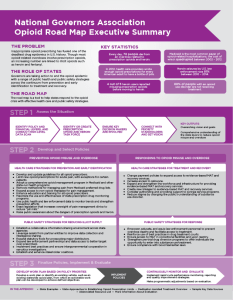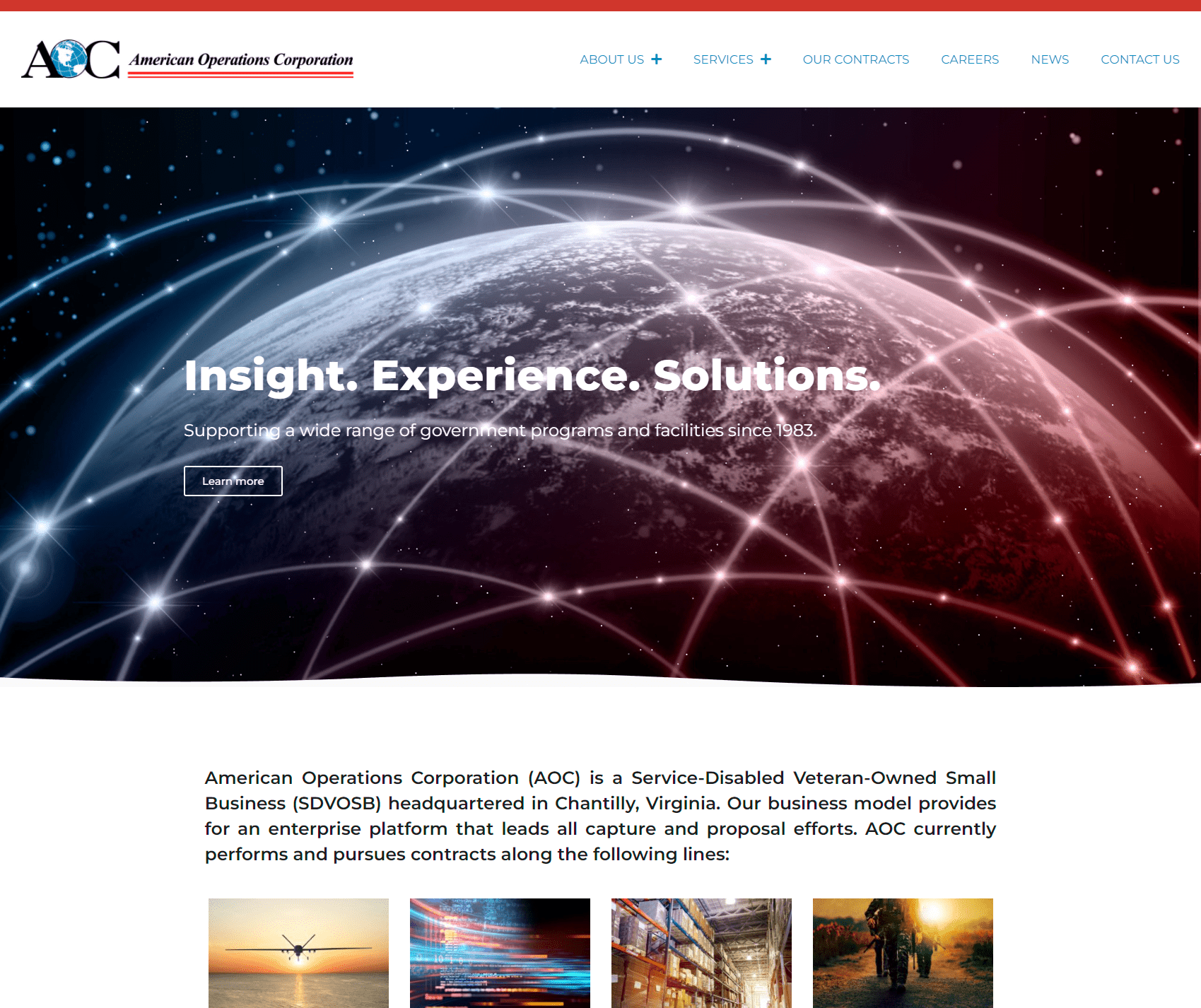Usability, or a user’s ability to use, learn from, and interact with a website, is an integral part of a website’s success. Websites today are often larger, more complex, and interactive than ever before and ensuring that users can interact effectively with your website to fulfill their needs and goals is key.
Usability testing for a website usually involves both qualitative and quantitative measures and, while more formal usability testing can be complex and often involve focus or other testing groups, there are some things website owners can do themselves to review and test usability regardless of the type or size of their website.
Be sure to review your website from the point of view of a customer or end user. You can ask employees or other people to review the website for you and give feedback on how easy they thought it was to use and gather their suggestions for improvement.
Basic usability tests include analyzing:
- Readability
Users won’t be able to successfully use a website if it is difficult to read. After all, your content is the heart and soul of your website. Review your site content in detail and ensure that it is easy to understand (for lay persons), contains sentences and paragraphs that are as concise as possible, and that the font is large enough to be clearly legible and easy to read on different computers, browsers, and devices. - User Tasks
Probably one of the most important pieces of usability testing is to ensure that your users can easily complete their tasks on your website. Can users do what they need to do on your website easily and successfully? First determine what the user tasks are on your website and then go through the steps (from start to finish) to complete those tasks. Evaluate how easy it is to learn to complete the task, how intuitive it is, how efficient it is, how memorable, and how easy it is to recover from errors and continue. - Navigation
Your website navigation is a crucial piece to how usable your website may be. After all, if users cannot easily navigate through your web content, they essentially won’t be able to use it. Review your website’s navigational structure to determine how well your content is organized, how easy it is to navigate through the site, how many clicks are needed to move through the site, and if your website offers alternative methods for finding content (search, archives, links, etc).




















